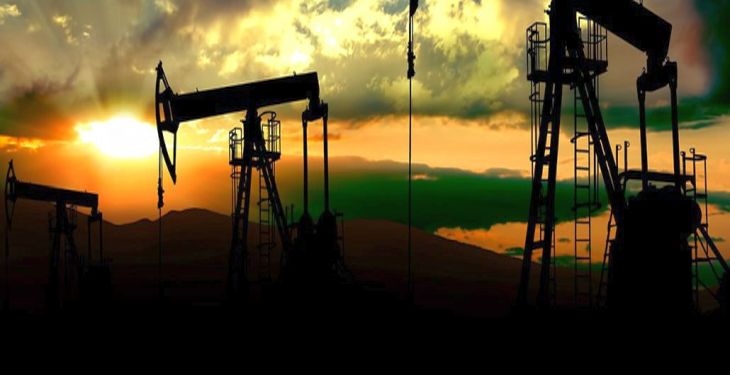In 2022, the total additional taxes and royalties related to the upstream sector of crude oil and natural gas increased significantly, by 199% compared to the total related taxes in 2021 (without taking into account the effect of the solidarity contribution) or by 261% compared to the total related taxes of 2021, if we take into account the effect of the solidarity contribution due for 2022, reveals an analysis of BirișGoran carried out for FPPG. The analysis, which mainly takes into account the figures reported by OMV Petrom and Romgaz, also shows that the total of additional taxes and royalties increased by 715% compared to the total of taxes related to 2020 (without taking into account the effect of the solidarity contribution) or with 885% compared to the total taxes related to 2020, if we take into account the effect of the solidarity contribution due for 2022.
In the case of Romania, the specific effective tax rate registered a significant increase, from 16.04% of revenues in 2020, to 28.9% of revenues in 2021, to 43.1% of revenues in 2022 (or 52.2 % also considering the solidarity contribution).
“The increase in the effective tax rate (by reference to the revenues from the upstream sector) in the analyzed period is mainly due to (i) the application of higher additional tax rates in the case of higher sales prices (i.e. by the calculation method, in the case additional income taxes, the higher tax rates apply to a higher proportion of total income), (ii) the increase in benchmark prices against which royalties are determined (i.e. more than the increase in prices actually achieved), and (iii) ) of the introduction of the temporary solidarity contribution starting in 2022,” the document reveals.
Also, in the period 2020 – 2022, the remarkable increase in taxes specific to the upstream sector of crude oil and natural gas is observed, by +886%, disproportionate compared to the increase in revenues from upstream production by +203%.
Given that, during this period, the volume of crude oil and natural gas production at the level of the two entities registered a decrease of 18% in the case of crude oil and 4% in the case of natural gas19 (production revenues being thus rather attributable to the related price increases crude oil / natural gas and not a possible increase in production) it can be observed that the taxation system in Romania related to the upstream sector has captured the great majority (70%) of the surplus from revenues achieved in 2022 compared to 2020. If we also take into account the increase registered in terms of the profit tax corresponding to the revenues / profits from the upstream activity of the main two analyzed producers, the percentage would be even higher, reaching approximately 75% of the surplus revenues from upstream production achieved in 2022 compared to 2020.
“The solidarity contribution introduced on a temporary basis for the period 2022-2023 brought in 2022 revenues to the state budget of 2.49 billion lei, 70% higher than all the specific taxation related to 2020; as a comparison at the level of major taxation categories, the total taxation specific to the upstream sector of crude oil and natural gas (approx. 14.4 billion lei owed only by two taxpayers OMV Petrom and Romgaz) in 2022 reached the level of approximately 54% of all Romania’s profit tax receipts (approx. 26.66 billion lei generated by 128,114 taxpayers paying profit tax20) according to the execution of the general consolidated budget on 31.12.2022,” the BirișGoran analysis also states.

